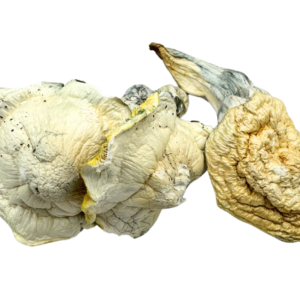Albino A: Understanding the Unique Traits and Challenges
Albino A, a term often associated with distinct characteristics, refers to individuals and animals affected by albinism. This genetic condition leads to a lack of melanin, resulting in pale skin, light hair, and light-colored eyes. While albinism can be found in various species, including humans, its implications vary widely based on societal, environmental, and biological factors. In this article, we will explore the traits, challenges, and misconceptions surrounding Albino A, shedding light on this unique condition.
What is Albino A?
Albino A arises from a mutation in genes responsible for the production of melanin, the pigment that gives color to our skin, hair, and eyes. The severity of albinism can differ significantly; some individuals may have only a slight reduction in pigmentation, while others may exhibit a complete absence. This genetic condition is often inherited, and its prevalence varies among different populations and species.
Traits of Albino A
Individuals with Albino A exhibit several defining characteristics that extend beyond their striking appearance:
Skin and Hair
The most noticeable trait of Albino A is the pale skin, which can make individuals more susceptible to sunburn and skin-related health issues. This increased sensitivity necessitates rigorous sun protection measures, including sunscreen, hats, and protective clothing.
Light hair is another hallmark of Albino A. The absence of pigmentation can lead to hair that appears blonde or even white. This unique appearance can sometimes draw unwanted attention or subject individuals to prejudice, underscoring the importance of social education on diversity.
Vision
Vision issues are prominent among those with Albino A. Many experience conditions such as nystagmus (involuntary eye movement), photophobia (sensitivity to light), and reduced visual acuity. Specialized eyewear and regular eye examinations are essential for managing these challenges, enabling individuals to enhance their visual comfort and capabilities.
Behavioral Traits
While physical traits dominate discussion around Albino A, psychological and social aspects are equally important. Individuals may experience varied reactions from their peers, ranging from fascination to discrimination. Addressing these social dynamics with empathy and understanding is crucial to fostering a supportive environment for those affected by albinism.
Misconceptions Surrounding Albino A
Despite the increasing awareness about Albino A, many myths and misconceptions persist. One common myth is the misconception that individuals with albinism possess supernatural abilities. This idea, often perpetuated in popular culture and media, can create unrealistic expectations and further alienate those affected.
Another damaging misconception is that Albino A is a disease. In reality, albinism is a genetic trait, and individuals with this condition lead normal, fulfilling lives. Education is fundamental in dispelling these myths, allowing for a deeper understanding of the diversity within the human experience.
The Challenges of Living with Albino A
Living with Albino A comes with its own set of challenges. Social stigma can result in bullying or isolation, particularly in areas where diversity is less accepted. It’s essential for communities to advocate for inclusivity, fostering a culture where differences are celebrated rather than shunned.
Healthcare access is another significant challenge. Due to their unique medical needs, individuals with Albino A may require specialized dermatological and ophthalmological care. Ensuring that healthcare systems accommodate these requirements is crucial for promoting healthy outcomes.
Moreover, education plays a vital role in improving the lives of those with Albino A. Schools and workplaces must implement anti-bullying policies and provide resources to educate others about albinism. Increased awareness leads to empathy and understanding, which can dramatically enhance the quality of life for individuals with this condition.
Support and Advocacy for Albino A
Numerous organizations and advocacy groups work tirelessly to support individuals with Albino A. These entities provide educational resources, raise awareness about albinism, and offer platforms for individuals to share their experiences. Engaging with these organizations can empower those affected by albinism to connect with a supportive community, promoting self-acceptance and resilience.
Conclusion
Albino A is a unique genetic condition that encompasses a range of physical and social characteristics. By fostering understanding and empathy, we can dismantle the misconceptions surrounding albinism and create a more inclusive society. Whether through education, advocacy, or simply by spreading awareness, we can support individuals with Albino A in living their lives to the fullest, free from stigma and discrimination. Awareness is not just important—it’s essential for celebrating the beautiful diversity that makes our world a richer place.






Reviews
There are no reviews yet.